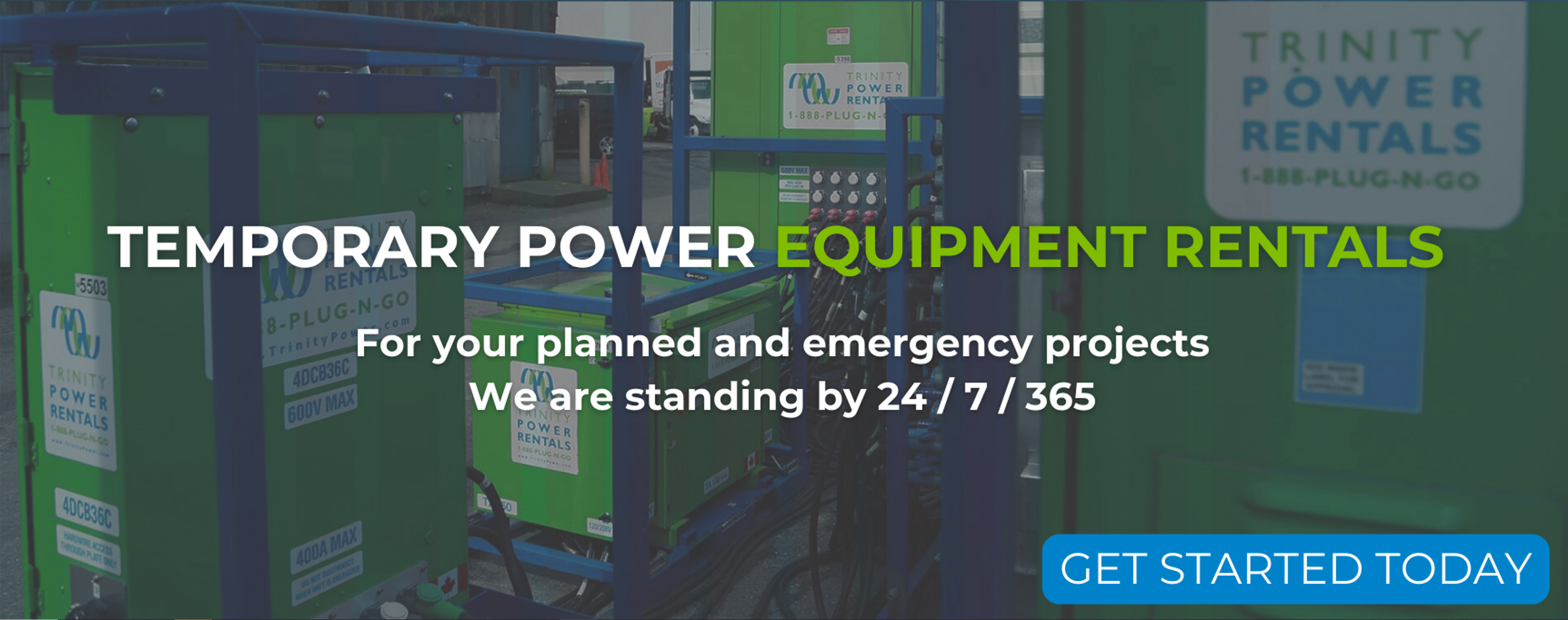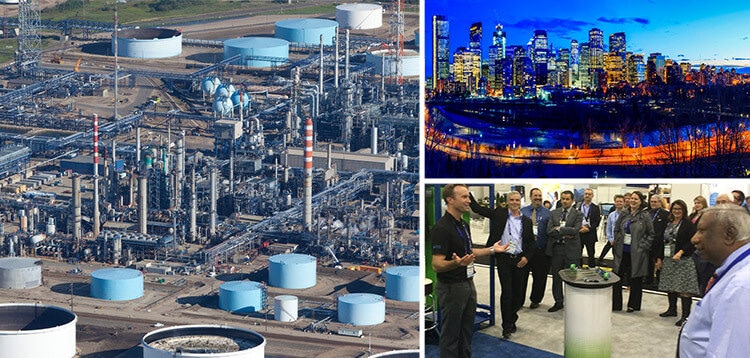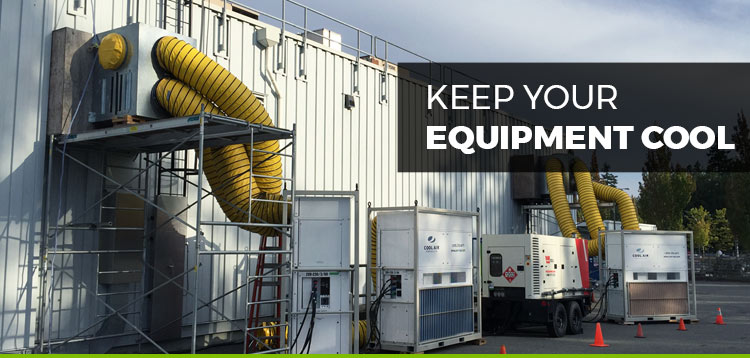- OUR APPROACH
-
COMMITTED TO YOUR SUCCESS
Our approach, developed over decades of experience, is fine-tuned to get the results you want.
We deliver concept-to-completion solutions, designed by temporary power specialists with access to the largest inventory of high-quality power generation and distribution equipment in North America.
-
- Equipment
-
RENTALS
From a wide range of diesel and natural gas generators to transformers, cable, light towers and more, our large rental fleet and extensive vendor network ensure we’ll have the temporary power equipment that your project requires — every time.

-
- Industries
-
INDUSTRIES WE SERVE
For nearly 20 years, we have been at work powering projects across Canada’s industrial sectors.
Select from this sampling of industries to learn how we can put our expertise to work for you.
VIEW ALL- Projects
- About
-
A PROUD HISTORY. A BRIGHT FUTURE.
From our inception in 1998, we have been building our team on a foundation of excellence. Our team members’ passion, expertise and commitment are what have allowed us to grow into a national company with projects across Canada.
Click on the links to learn more about our history, our team or our career opportunities.
- Blog
- Contact
-
If you have previously participated in a scheduled plant shutdown, either as a manager, engineer, QA specialist or as part of the maintenance team, you know how overwhelming, chaotic and difficult to manage this short, but intensive period might be. Whether it is required by industry regulations or planned as part of the plant maintenance schedule, the annual plant shutdown must be as efficient as possible in terms of costs, work and time to minimize the inevitable financial losses that come with it. Careful and consistent planning is essential to the plant turnaround (the plant’s shutdown management process).
To best optimize a plant turnaround, you should allow 3 to 18 months of data collection, analysis and effective allocation of responsibilities, depending on the plant’s size. There are several critical stages in planning for a plant shutdown, each of which is key to sticking to the shutdown timeframe, avoiding additional losses and lowering the impact on the business as a whole.
- Timing: Picking the right time for a plant shutdown is the responsibility of the owner or the senior management team and depends on factors such as the nature of business, time of year and availability of manpower, resources and contractors in the area. Scheduling a shutdown in the hottest and coldest months has serious safety and efficiency implications and should be avoided. Keep in mind that while a plant shutdown cannot be skipped altogether, it can be performed less frequently, depending on the results of previous ones and the industry you operate in.
- Selecting turnaround team members: Since a scheduled shutdown affects all levels of a business, the turnaround team should include specially trained staff from all areas of responsibility, including administration, operations, accounting, QA, maintenance, etc. Selecting a supervisor, who has enough knowledge and experience to manage the team and optimize the turnaround process, is among the most crucial decisions involved in the planning stage.
- Creating a work list: The work list details the various procedures and specific tasks that should be executed during the shutdown, as well as outlines the responsibilities of each team member, and sets the process timeframe. This is perhaps the blueprint, upon which all following decisions are based, so it should be prepared with care and deep understanding of the process. At this point, any pre-shutdown work necessary needs to be identified and scheduled.
- Materials and contractors: Long delivery items and equipment that will be used during the shutdown should be ordered well in advance and all other necessary materials should be procured. This is the right time to contact any contractors that will be involved in the process and set up contracts and terms. Keep in mind that some materials, services or equipment may be in higher demand during certain times of the year, so planning ahead is again critical.
- Process optimization: Finally, the turnaround team manager, with the help of the engineering team, should go over the entire task list and figure out ways to improve resource use, cut down on time and costs and finalize the work schedule.
Remember that unscheduled shutdowns may cost up to ten times more than carefully planned and executed ones, which are your stable insurance policy against catastrophic failure.
Related Articles
Subscribe for access to exclusive content
"*" indicates required fields





















